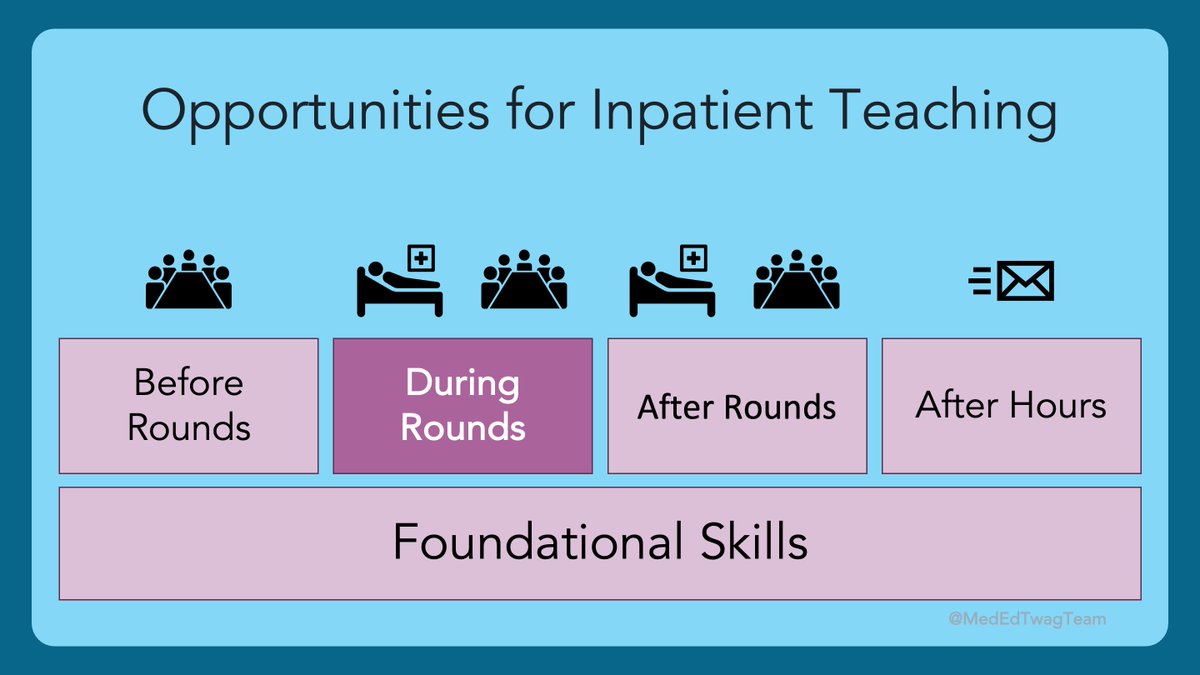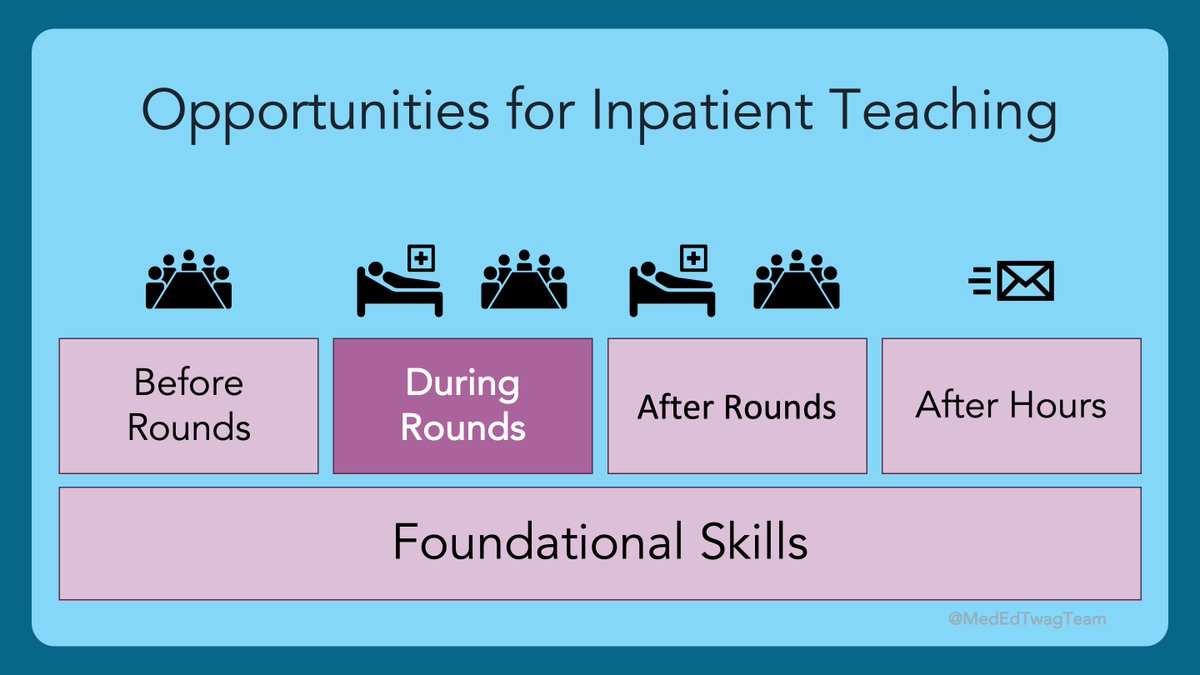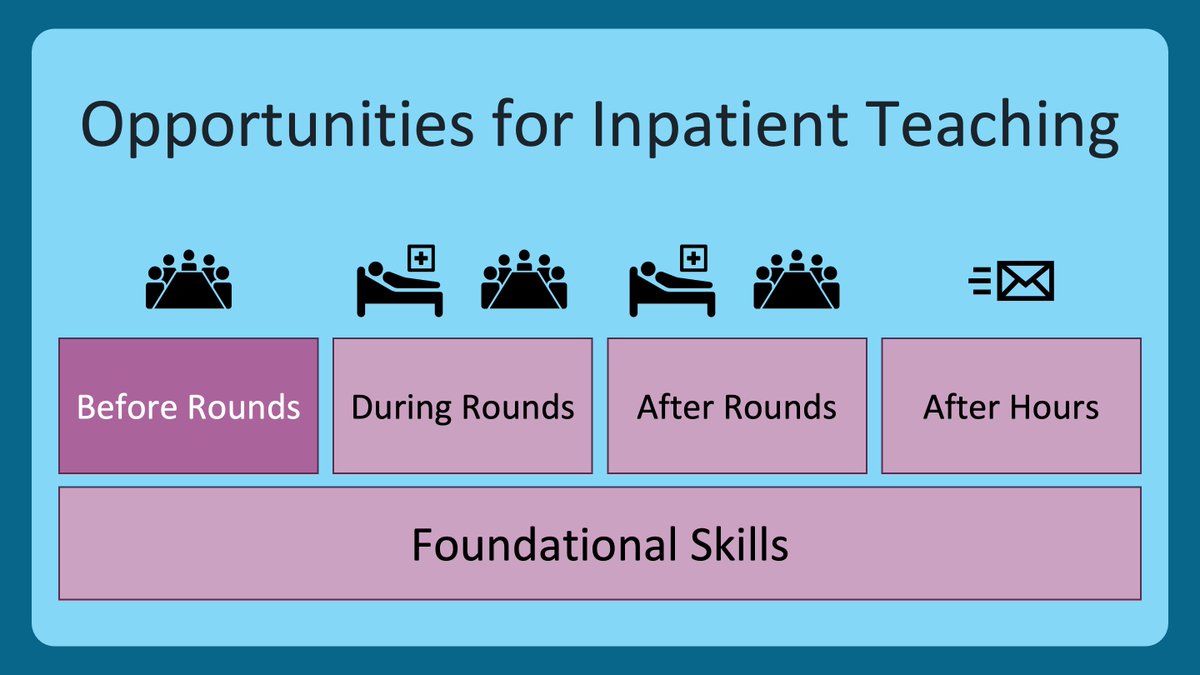1/ Bias in Medicine – A 🧵
This week I was able to participate in a #BiasInMedicine curriculum @UCSFMedicine. Below are some of my favorite (paraphrased) quotes and insights.
CC: @gradydoctor @dereckwpaul @jbullockruns @ChaseTMAnderson @_HarryPaul_ @FutureDocs @Bob_Wachter
This week I was able to participate in a #BiasInMedicine curriculum @UCSFMedicine. Below are some of my favorite (paraphrased) quotes and insights.
CC: @gradydoctor @dereckwpaul @jbullockruns @ChaseTMAnderson @_HarryPaul_ @FutureDocs @Bob_Wachter
2/ Black Female MD:
“Me being present everyday is me advocating. Just being in this space is me speaking up.”
“Some identities that we have are out in the open. Others are hidden, such as certain disabilities. These can be sources of bias. This is important to remember.”
“Me being present everyday is me advocating. Just being in this space is me speaking up.”
“Some identities that we have are out in the open. Others are hidden, such as certain disabilities. These can be sources of bias. This is important to remember.”
3/ Latinx Female Med Student:
“Don’t ever call the medical student ‘the medical student’”
“There are times when the #HierarchyInMedicine makes sense…graduated responsibility to keep patients safe. That doesn’t mean it has to translate into all aspects of training.”
“Don’t ever call the medical student ‘the medical student’”
“There are times when the #HierarchyInMedicine makes sense…graduated responsibility to keep patients safe. That doesn’t mean it has to translate into all aspects of training.”
4/ White Male MD who is legally blind:
“I am proud to be participating in these discussions of bias in medicine. #DocsWithDisabilities aren’t always included in these discussions, but there is a lot of bias. We also advocate for ourselves, and need #allyship from others.”
“I am proud to be participating in these discussions of bias in medicine. #DocsWithDisabilities aren’t always included in these discussions, but there is a lot of bias. We also advocate for ourselves, and need #allyship from others.”
5/ Latinx Male MD:
“A research mentor once told me, ‘you’re so smart! Why would you waste your time on disparities research?’"
“A different white male mentor advised me to pursue disparities research. This person listened to me, and saw the unique perspective I provided"
“A research mentor once told me, ‘you’re so smart! Why would you waste your time on disparities research?’"
“A different white male mentor advised me to pursue disparities research. This person listened to me, and saw the unique perspective I provided"
6/ Personal Reflections:
🔑 “Small things” aren’t small.
“Small” slights or #microaggressions are #traumas to the people who experience them.
“Small” #AffirmationsOfBelonging for those who experience bias can mean a whole heck of a lot.
🔑 “Small things” aren’t small.
“Small” slights or #microaggressions are #traumas to the people who experience them.
“Small” #AffirmationsOfBelonging for those who experience bias can mean a whole heck of a lot.
7/ “Small” demonstrations of inclusion, like learning names (with correct pronunciation), and using them, is important.
8/ Systems and Institutions need to implement major changes to achieve true equity and inclusion.
Those in leadership need to work hard, and feel pressure, to prioritize this.
Those in leadership need to work hard, and feel pressure, to prioritize this.
9/ But, those with little power (medical students and residents) need not feel guilty about not trying to stage a coup. When you all hold the levers, you can pull them appropriately.
“Small” gestures of inclusion are not little things, and they are a great place to start.
“Small” gestures of inclusion are not little things, and they are a great place to start.
• • •
Missing some Tweet in this thread? You can try to
force a refresh



















